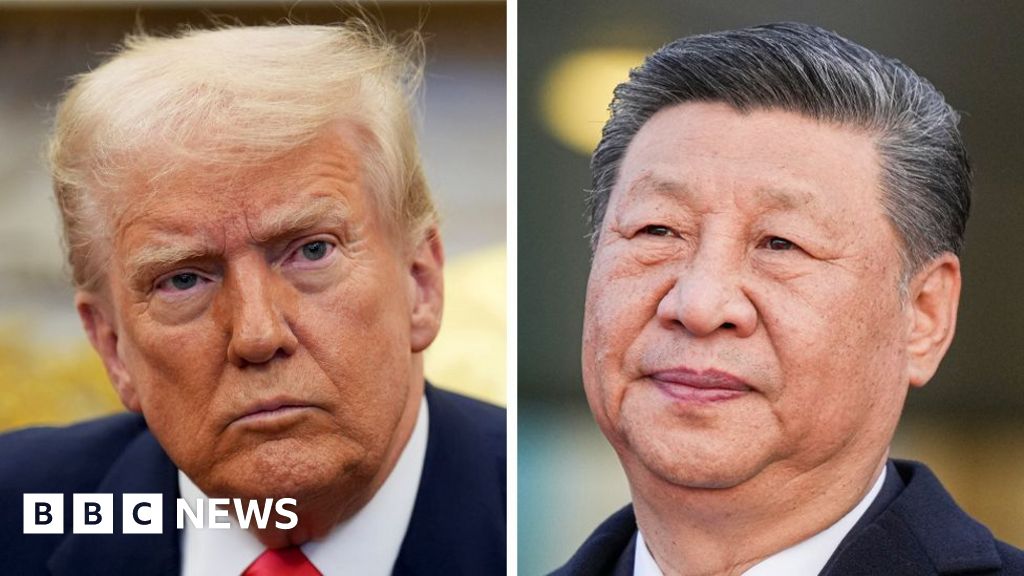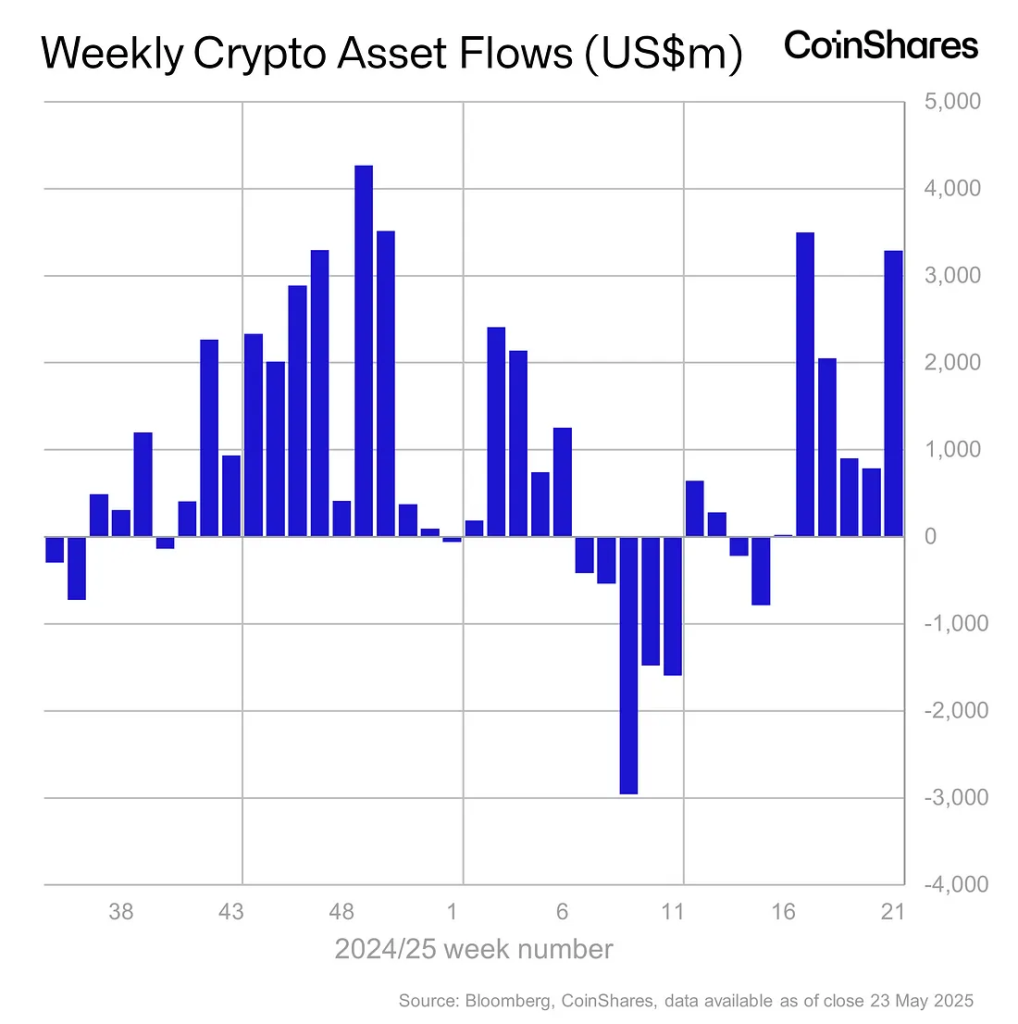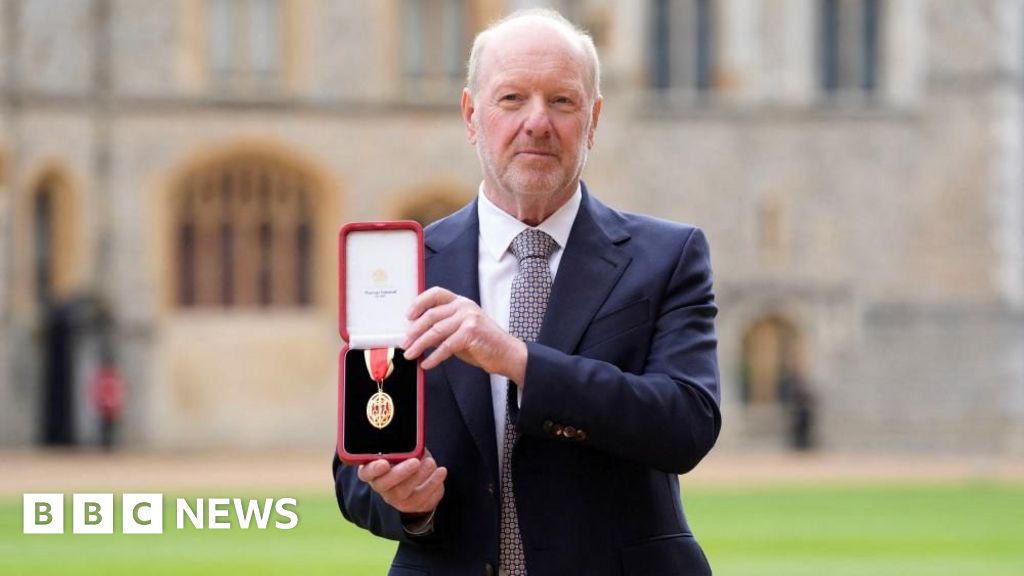Syria’s President Bashar al-Assad (R) and his Iranian counterpart Ebrahim Raisi hold the documents … [+]
AFP via Getty Images
As tectonic plates shift in the Middle East’s geopolitical landscape, Iranian President Ebrahim Raisi’s visit to Syria since yesterday calls for close attention, as Iran appears to be gaining more influence in the region.
This high-profile visit, the first since former president Mahmoud Ahmadinejad’s 2010 trip, signals a new phase of deepening relations between Tehran and Damascus. As the US gradually withdraws, China and Russia are stepping in, creating a complex web of diplomatic maneuvering, utilized by Iran.
A Symbolic, Diplomatic-Political Strategic, and Economic Visit
Raisi’s visit serves multiple purposes, from symbolic to strategic. The symbolism lies in Iran and Syria’s “declaration of victory” against the anti-Assad alliance, both domestically and regionally. This is especially significant given that Turkey, the main backer of the opposition, is currently holding talks to normalize relations with the Syrian regime.
Tehran and Damascus believe that they have successfully weathered the storm of US efforts to diplomatically isolate them in the region. This turning point is marked by Syria’s emergence from diplomatic isolation and Iran’s normalization of relations with Arab nations. This shift is happening as regional players reposition themselves in response to China and Russia filling the political vacuum left by the US’ gradual withdrawal from the region. As US allies in the Middle East break ranks with Washington, the dynamics of the region are changing.
Economically, the visit underscores the expanding cooperation between Tehran and Damascus, which includes a memorandum of understanding on collaboration in the oil industry.
Iranian Ambassador to Syria, Hossein Akbari, considers President Ebrahim Raisi’s visit to Syria a “turning point” for the region. Iran views Syria as a critical member of what it calls the “resistance axis” and is determined to reinforce this partnership in the changing geopolitical landscape.
Tehran’s unwavering support for Damascus has been critical throughout the conflict, particularly in the earlier phases of the civil war. Iran’s economic, political, and military backing enabled Assad to reclaim lost territory, positioning Iran as a key player in Syria’s reconstruction efforts.
Raisi’s Visit and Regional Dynamics
The visit comes as some Arab countries, including Egypt and regional powerhouse Saudi Arabia, open up to al-Assad. Their foreign ministers have visited Damascus, and Syria’s foreign minister made a historic trip to Riyadh in April. These developments complicate US efforts to isolate Iran, especially with the recent Iran-Saudi Arabia agreement mediated by China. The US State Department warns that deepening ties between Iran and the Syrian government should concern the world.
Iran’s Aspirations and Strategic Goals
Iran has ambitious plans for its relationship with Syria, such as linking its railway network through Iraq to the Syrian port of Latakia on the Mediterranean Sea. This move could potentially receive backing from China, which promotes its Belt and Road Initiative to connect global markets.
The US Response and Maritime Tensions
Along with diplomatic finess, Iran also demonstrates aggression. Maritime tensions escalate as Iranian forces seize commercial ships in the region, over the last few days. These actions could be seen as retaliation against US efforts to redirect Iranian crude shipments.
NORTHEASTERN SYRIA – MAY 25: U.S. Army troops speak with an Kurdish soldier while on joint patrol … [+]
Getty Images
Iran’s Challenges in Syria and the US’ counterbalance
Despite its significant gains, Iran confronts several obstacles in Syria, including Israeli attacks on pro-Iranian forces and the US-led military presence in the northeast. The US’s Kurdish-led partners control most of Syria’s oil and grain resources, presenting a challenge to Iran’s and the Syrian regime’s influence. The emboldening of the Assad regime could be counterbalanced if the US can connect its anti-Islamic State objectives with a long-term, committed partnership with the Kurdish-led Arab majority administration in northeast Syria. Nevertheless, Washington’s policy appears to be fragmented, as the Pentagon and the State Department pursue diverse strategic approaches.
Syria’s Return to the Arab League and Iranian Perspective
Iran views the conflict in Syria as a victory against US domination, evident, according to Tehran, in Syria’s return to the Arab League and King Salman bin Abdulaziz’s invitation to Bashar Assad to attend the Arab leaders’ meeting in Riyadh. Syria’s growing acceptance among Arab nations showcases its reemerging influence in the region.
As Iran accelerates its diplomatic efforts to capitalize on the diminishing influence of the US, the Middle East is witnessing a rapid shift in power dynamics. Chinese-brokered normalizations and Russian-led initiatives have become the most significant diplomatic maneuvers in the region.
Iran’s aggressive yet diplomatically agile approach has been further emboldened by the rapprochement between Tehran and Riyadh, fueling Iran’s efforts to advance its regional ambitions.
Credit: Source link










